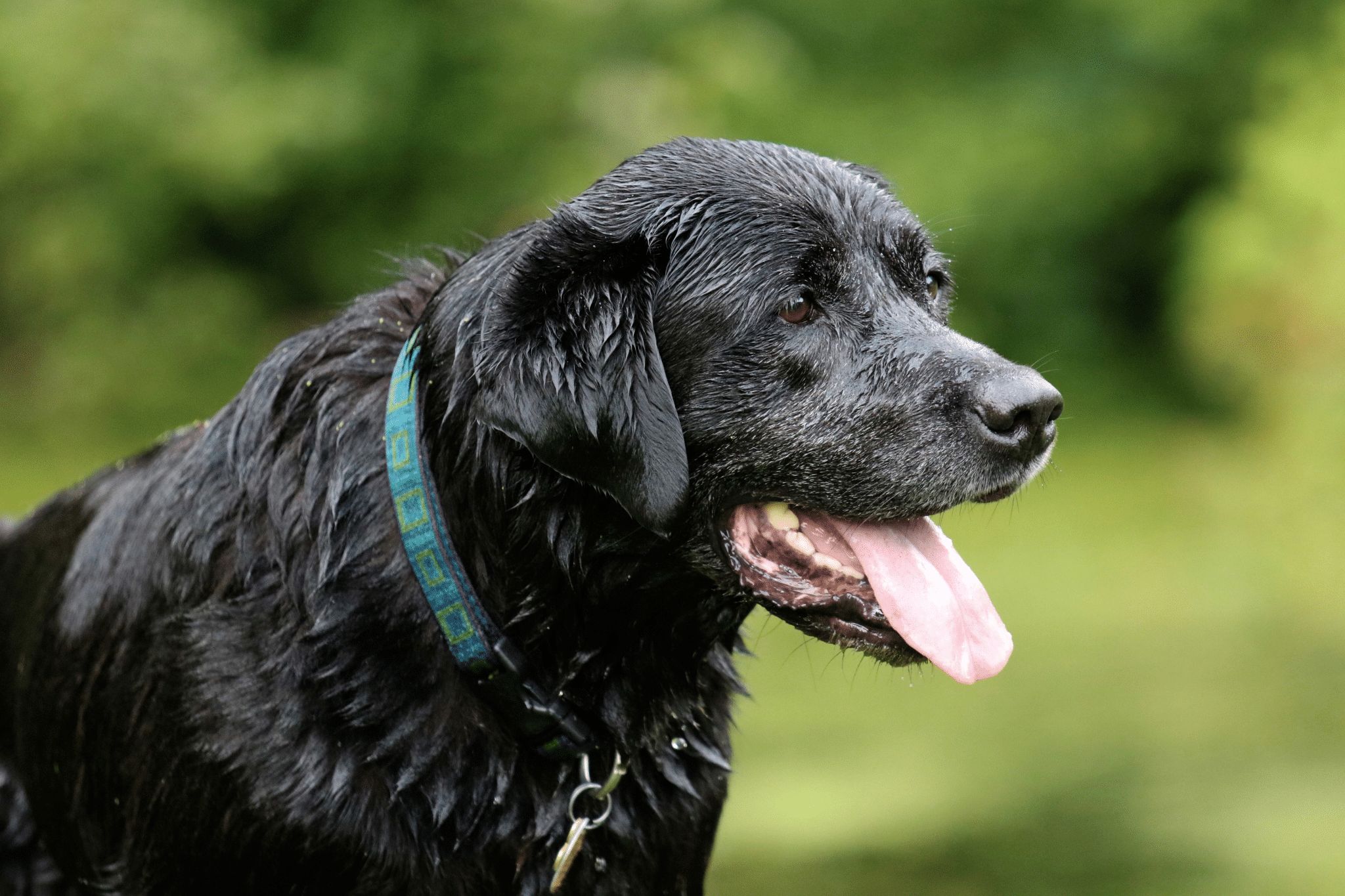Combating Heat Stress in Dogs

Combating Heat Stress in Dogs
We’ve all probably heard at least one heat stress horror story with a dog. Unfortunately, some of us have experienced this trauma. If we don’t want our dog to be a statistic, it’s important we are aware of the dangers heat and humidity can have on our dogs’ health.
During summer training sessions, and even early fall hunting seasons, heat stroke can debilitate our dog for the rest of its life or even lead to death.
Indicators
The primary indicator of heat exchange in a dog is panting. If a dog is panting. Simply put, if our dog is panting, they are beginning to overheat. Now panting alone shouldn’t overwhelm us, but we shouldn’t ignore it either. Panting, followed by disorientation and fast, noisy breathing should alarm us. Other possible signs of overheating that should alarm us are: collapsing or convulsing, bright red or blue gums, drooling, curled tongue, vomiting and diarrhea.
Rather than dismissing a dog’s panting as something dogs do, or waiting until we see something “more alarming”, it’s critical we pay closer attention to our dog once they start to pant. We need to have a second indicator that causes us to pause, or maybe even stop, for the day. When dog trainer Bill Gibson sees his dog start to pant, he keeps a close eye on the tip of their tongue. When the tip starts to turn red and starts to curl, he knows it’s time to take a longer-than-usual break or quit for the day.
>When we stay in closer proximity to our dogs and give them water breaks, we can monitor better these factors. Like us, our dogs can over-hydrate and become nauseous, so it’s critical we ration their water during these breaks rather than giving them too much or allowing them to set the limit.
Our Reaction
If our dog starts to show more sever or clinical signs of hyperthermia (collapsing or convulsing, bright red or blue gums, drooling, curled tongue, vomiting and diarrhea), it is critical that we get them to a shaded area or air conditioning. Some additional tips that can help are spraying them down with cool water and/or rub ice on their belly.
We hope to never encounter these scenarios, but it’s important to be ready. This means we should have plenty of water on hand, a spray bottle handy, quick access to an emergency vet number and ice in a cooler. Preparations to this level might seem silly if we’re just going for a quick training session or hunt close to home, but they could be the difference of life and death.
Time of day
When we train and hunt in warm seasons and climates, we need to consider morning and evening sessions/hunts. Temperatures during these times of day can still be warmer, so we can’t ignore the possibility of our dog overheating.
If we can’t train during the cooler times of the day, we should consider doing water drills, or maybe less field work and more water drills than we originally planned. Water work is still a good way to keep our dogs conditioned, plus we can work in some training drills. Water work can help us help our dogs avoid heat exhaustion.
Length of Sessions
Rather than avoiding training and hunting altogether, Dr. Karen Emerson, DVM acknowledges that keeping our dogs conditioned and even acclimated to the weather conditions can help our dogs avoid hyperthermia.
Something I’ve overlooked for too long is the warm-up and cool-down process when I have my dogs in the field (especially during the warmer seasons or climates). Rather than just “starting hard” in the hunt or training session or abruptly ending when the session or hunt is over, we can help our dogs acclimate by giving them an opportunity to warm-up and cool-down. Our bodies will appreciate this too.
No matter the age of our dog or the type of training or hunting (field or water) we’re planning to do, to help prevent hyperthermia in our dogs, we should consider shorter training sessions or hunts. Because even if we’re going to avoid the field and go to the water, our dogs can still experience hyperthermia doing excessive water work on hot day.
Key takeaways
Have the necessary supplies ready to deal with a heat stroke (water, a spray bottle handy, an emergency vet number and ice). Limit the time in the field or water (no matter if you’re hunting or training). Give your dog rationed-out water breaks, in the shade if possible. Pay attention to the tip of your dog’s tongue. If it turns red and starts to curl, stop immediately and let them rest.
by Kyle Dana
August 2023

